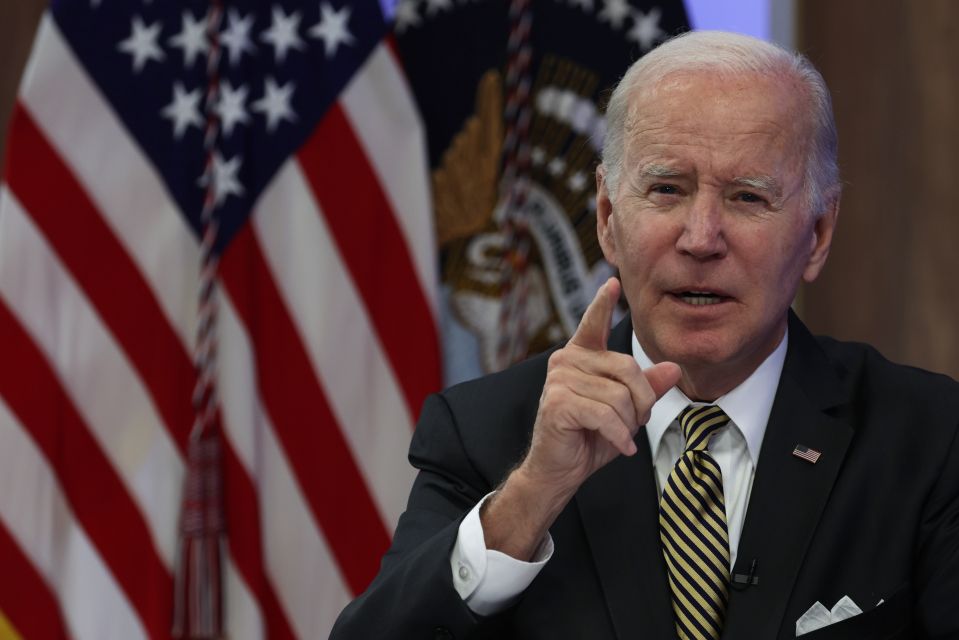Due to the pressures of a mid-term election, President Joe Biden may have decided to announce a further release of oil from reserves, although this strategy has been part of what has been planned since March
A few days ago, President Joe Biden announced that his administration would release oil from strategic emergency reserves to help ease gasoline prices, and prevent them from rising as they did a few months ago. However, fuel costs had dropped a few cents in recent days, even before the president’s declaration. So the question arises as to how much of the reductions are really due to the government or to other circumstances.
This Thursday, the average price of gasoline in the United States dawned at $3.84 dollars a gallon. This is a penny lower than it was on Wednesday, 3 cents lower than Tuesday and 8 cents lower than last week, when they were as high as $3.92 a gallon. Much of that decline was reportedly due to a sharp drop in prices in western states, where prices had soared to near-record levels earlier this month.
Before these reductions, there was a period of three weeks, from September 21, in which the price of a gallon of regular gasoline had begun to increase in a worrying manner. Many consumers feared that we were experiencing a new period of fuel price hikes, which affected pockets so much at the beginning of the year. But this time, there were controllable circumstances that caused the increase.
One of the biggest factors in the recent rise in prices has been the shutdown of US refineries, either for regular maintenance or after accidents, such as a refinery explosion near Toledo, Ohio, last month. past. But several West Coast refineries that had been out of commission have returned to operation, causing gasoline prices west of the Rockies to plunge, lowering the national average.
In the last week alone, the average price in California has dropped 30 cents a gallon, and there has been a 25-cent drop in Oregon and a 20-cent drop in Washington and Nevada.
Although refineries dealing with accident repairs won’t be coming back online anytime soon, those that had been shut down for scheduled maintenance are now close to resuming operations, according to experts.
“What’s been happening in the West is a head start and it can happen in other parts of the country,” said Tom Kloza, global head of energy analytics at OPIS, which tracks prices at 130,000 U.S. gas stations to AAA, to CNN.
Oil and gas futures fell in trading on Tuesday after news broke that Biden would announce the release of 15 million barrels of oil from the nation’s Strategic Petroleum Reserve. What few are clear about, however, is that this represented just another phase of the planned release of 180 million barrels over six months that was announced at the end of March.
Something that was mentioned back then is that the administration does not have as much influence over fuel prices, since the market is broader than just desk decisions. Whether or not Biden’s decision to release oil from the SPR had a significant impact, there are several other factors driving future prices down. One is the seasonal decline in demand at the end of the summer driving season, along with the regularly scheduled end of regulations requiring cleaner, more expensive gas blends to be sold during the summer to combat smog.
And another important factor that is hardly mentioned, but that certainly favors lower fuel prices, is the growing concern that the United States and other world economies fall into recession. When nations fall into recession, there is a high rate of unemployment, and when people do not have jobs, they have fewer commutes and therefore consume less gasoline and oil. The release of oil does help, but the reduction in demand is even more decisive than government measures.

